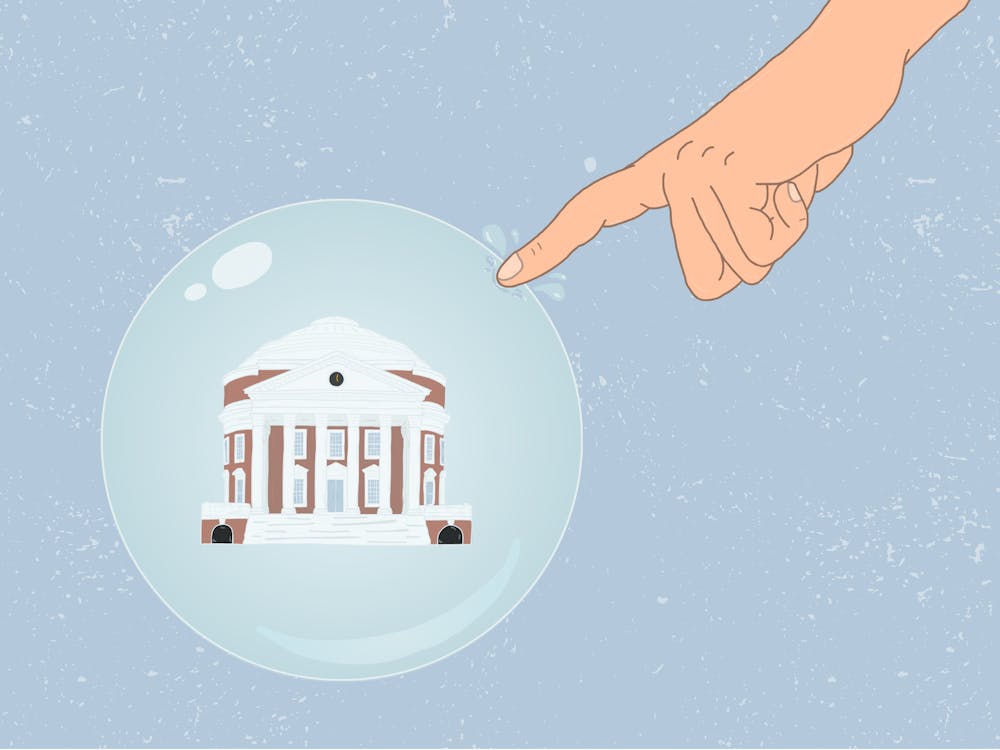The Federal National Mortgage Association and the Federal Home Loan Mortgage Corporation were placed under federal control Sept. 7. What are these companies and how did they get into trouble? Why weren’t problems corrected earlier? And what will this decision mean going forward?
Before the past few weeks, the story of the biggest corporate rescues in history dated back to the Great Depression. The housing market was in tatters. At the worst points, it is estimated that 10 percent of homes were in foreclosure. President Franklin Roosevelt began a series of steps designed to shore up the housing and mortgage markets. In 1933, The Home Owners’ Loan Corporation was established to allow distressed home owners to refinance at favorable rates. Next, in 1938, the government established the Federal National Mortgage Association, known today as Fannie Mae, which created a secondary mortgage market. Fannie Mae would purchase mortgages from other lending institutions to free lenders up to make additional loans, thus accomplishing the goal of increased liquidity.
Fannie Mae repackages mortgages into mortgage-backed securities to be passed on to investors. The cash flow from homeowners’ periodic payments are pooled together and then distributed to the owners of these securities.
In 1968, with the U.S. budget under strain from the Vietnam War, President Lyndon Johnson privatized Fannie, removing it from the government balance sheet. This reduced the amount of government lending and alleviated strains on the federal budget. Then, to create competition, The Federal Home Loan Mortgage Corporation, known today as Freddie Mac, was established in 1970.
Here is the root of the problem. “The interplay of a variety of factors got us to where we are today,” Economics Prof. Edwin Burton said. “But one of the key ideas you need to focus on is that they [Freddie Mac and Fannie Mae] were implicitly backed by the government. They could borrow at near-Treasury rates.”
Freddie Mac and Fannie Mae could fund themselves extremely cheaply, and very few lending institutions could compete with them for prime mortgages. The result, as Burton explained, is that “you have the Countrywides of the world trying to find some nook or cranny where they can profitably originate mortgages.”
The repercussions of this crowding-out effect were not apparent immediately. This effect, along with the dramatic increase in housing demand, widespread securitization and ever increasing home prices in the early parts of this decade, however, led to lenders aggressively pursuing subprime borrowers, those deemed riskier on the basis of income level, size of the down payment, credit history or employment status. Although the sub-prime meltdown did not occur until summer 2007, the seeds were laid decades ago when these mortgage giants became quasi-government agencies, establishing a duopoly in the mortgage market. With their huge cost advantages, they were able to grow their portfolios at will.
Another contributing factor to Fannie and Freddie’s downfall was their extremely small cushion for absorbing losses on their mortgage investments. They are very highly levered, meaning they have used a tremendous amount of debt to fund their operations. This can magnify their risk and make them especially vulnerable in real estate downturns. Fannie Mae’s exposure to housing soared in the bull market: Its outstanding guaranteed mortgages tripled from 1998 to 2007. Freddie performed similarly.
These system imbalances caused by the existence of government-sponsored entities did not rear their ugly heads until recently. One reason these imbalances were not corrected before is that Freddie and Fannie employed tremendous lobbying power. During the last 10 years, they spent more than $174 million on lobbying, placing them in the top 20 for lobbying dollars in the decade. They had tremendous political influence and used this to maintain their implicit government backing and alarming leverage ratios.
In 2006, housing finally succumbed to the forces of financial gravity. Subprime mortgages defaults and foreclosures increased on a massive scale, causing precipitous drops in real estate prices and freezing up the credit markets. Concerns about Fannie and Freddie’s levels of capital and enormous portfolios of guaranteed mortgages led people to wonder about the companies’ future financial viability.
Treasury Secretary Henry Paulson and other government officials decided Sept. 7 that Fannie and Freddie could not continue in their current form without posing serious systemic risks, and the two entities were placed in a government-operated conservatorship. The Treasury will make a $5 billion cash infusion to ensure the continuation of daily business. Fannie and Freddie will continue to provide stability and liquidity to the secondary mortgage market until 2010, at which time they will reduce their portfolios at a rate of 10 percent per year. Other provisions include new management, dividend cuts for the common and preferred stock, a $1 billion equity stake in each firm made by the Treasury and the discontinuation of all lobbying activities.
Looking forward, the most controversial issue centers on the Treasury’s extension of a new line of government credit to the firms. At this time, the effects on the federal budget are uncertain, but the potential liabilities of the mortgage behemoths could cost taxpayers billions of dollars.
“There are many questionable aspects of this deal,” Commerce Prof. Robert Webb said. “Was this an immediate emergency? It is unclear. But one has to wonder whether the passage of emergency powers by the Treasury preordained this takeover.”
Many are hoping this aggressive move will lead to the bottom of the housing market and the easing of the credit crunch. Some are also hoping this is the last intervention in the financial markets by the government.
“What we are seeing is the privatization of profits and the socialization of losses, and that’s not how our system is supposed to work,” Webb said.
Brendan Dawson is a short fund manager in the McIntire Investment Institute. He can be reached at bpd3k@virginia.edu.






